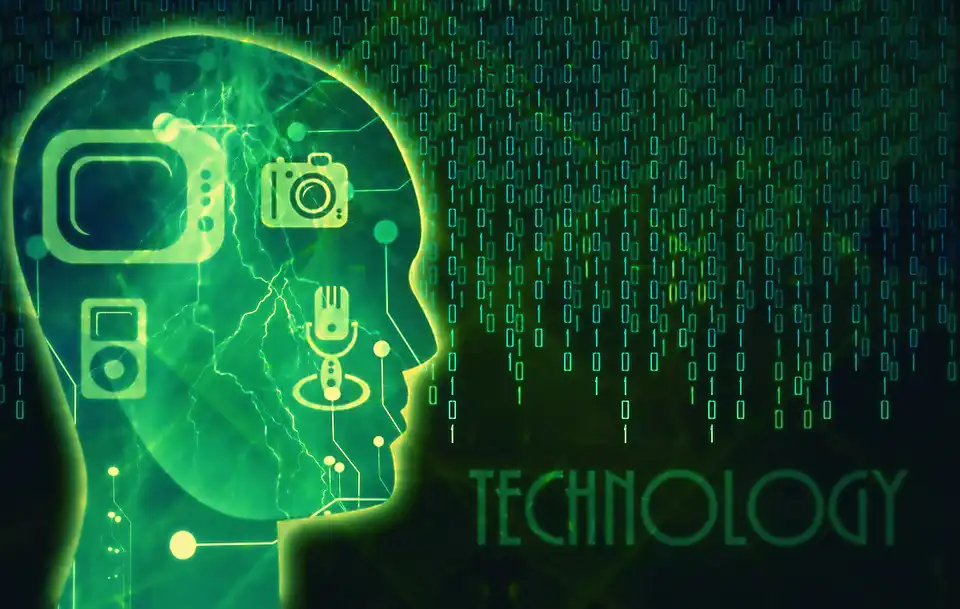The British Museum, globally revered for its rich collection of historical artifacts, has set a new goal: digitization of its entire collection. This digital undertaking responds to recent events involving high-profile thefts and seeks to prevent their recurrence in the future. The initiative also stands as an attempt to enhance public engagement by providing digital access to these priceless artifacts from around the globe.
Recent unfortunate events of theft from museums have called for drastic measures to ensure the preservation of world history. High-profile cases involving thefts of artifacts have shocked the globe and ignited discussions regarding the secure storage of historical objects. The British Museum's novel approach looks to use technology to tackle the problem and safeguard invaluable historical treasures.
The project has started and is gaining momentum, driven by the urgency to protect and preserve. The Museum aims to digitize millions of objects within its collection, creating what will essentially be a digital duplicate of the Museum itself. This enormous task is employing advanced technology like 3D scanning and modeling to replicate items accurately.

Rapid advancements in technologies and progressive approaches towards digital imaging and modeling have made such an ambitious project feasible. The Museum is utilizing 3D scanners, a tool that can capture the exact dimensions and intricate details of an object. These scanners meticulously record each detail, ensuring an accurate digital representation of the original artifact is achieved.
By digitizing its collection, The British Museum not only protects its resources but also offers individuals worldwide a unique opportunity to view these artifacts virtually. Individuals who might not have otherwise had the opportunity to visit The British Museum can now explore its vast collection from the comfort of their homes. This project aims to make history accessible to everyone, anywhere in the world.
The digital museum will be more than a static online gallery. It aims to create a dynamic and interactive experience for users, complete with 3D renderings and detailed information about each artifact. Every aspect of the individual's experience has been considered; the museum goes beyond simply presenting objects to enabling users to virtually 'touch' and explore them.
A critical component of the digital experience ties to the critical historical context each artifact holds. The British Museum intends on providing detailed archival information for every piece, further immersing viewers into the richness of each artifact's story. Under no circumstances will the historical essence be sacrificed in the digitization process; instead, it will be given new life through digital interaction.
The endeavor of transforming a physical museum into a digital format isn't isolated to The British Museum. Indeed, as technology surges forward, other museums worldwide are expected to follow a similar path. This coming together of history and digital technology may revolutionize the way audiences access and experience history.
The digital future of museums is undeniable. The availability of artifacts for people to explore virtually may encourage more individuals to take an interest in history. The project hopes to nurture historical curiosity and appreciation, highlighting the importance of understanding our past to understand our present and future.
The British Museum's digitization project truly embodies the potential for technology to shape and redefine people's connection to history. It transcends traditional barriers imposed by distance, socio-economic status, or physical disability, inviting all to participate in the rich tapestry of human history.
While the digitization project is an enormous task, the benefits it offers are monumental. Physical conservation of artifacts is inherently limited by space, cost, and geographical constraints. By creating a digital duplicate, The British Museum can confer the immortality of sorts to history, safe from theft or damage and accessible to all.
The responsibility of creating an accurate digitized version of each artifact rests on the Museum's experts. Practitioners who have dedicated their lives to studying, preserving, and understanding these objects now turn their attention to this digital realm, ensuring the translation from physical to digital is flawless and reliable.
In addition to physical experts, technical experts are vital cogs in the digital transformation wheel. They work tirelessly to refine and enhance the digital experience, creating an accessible and interactive platform that does justice to the original artifacts.
Undoubtedly, the groundbreaking digitization project of The British Museum foretells an exciting future for history, education, and technology. It aligns with the increasing trend towards digital and online experiences and assures that history remains relevant and accessible in a rapidly modernizing world.
By unlocking the doors to a digital world full of historical artifacts, the experience becomes more personal, immersive, and inclusive. The boundless world of digital museums can stimulate interest, incite debate, and fuel intellectual curiosity, setting a precedent for the museology of the future.
The project, however monumental, does come with its range of challenges, similar to any new pioneering endeavor. These include financial constraints, technological hurdles, and necessary innovation. However, the British Museum is committed to its mission and is actively navigating these challenges.
These challenges have opened up opportunities for active participation and innovation. Various disciplines such as technology, history, and arts are collaborating closely towards this monumental mission of preserving and sharing human history in a digital format. Each challenge tackled adds another piece to the intricate puzzle of digitization.
<>The digitization of The British Museum is gradually turning into an anticipated reality. With each passing day, new objects are scanned, modeled, and prepared for digital display. The project is transforming the age-old institution, creating new possibilities for public engagement while ensuring the preservation of human history for generations to come.